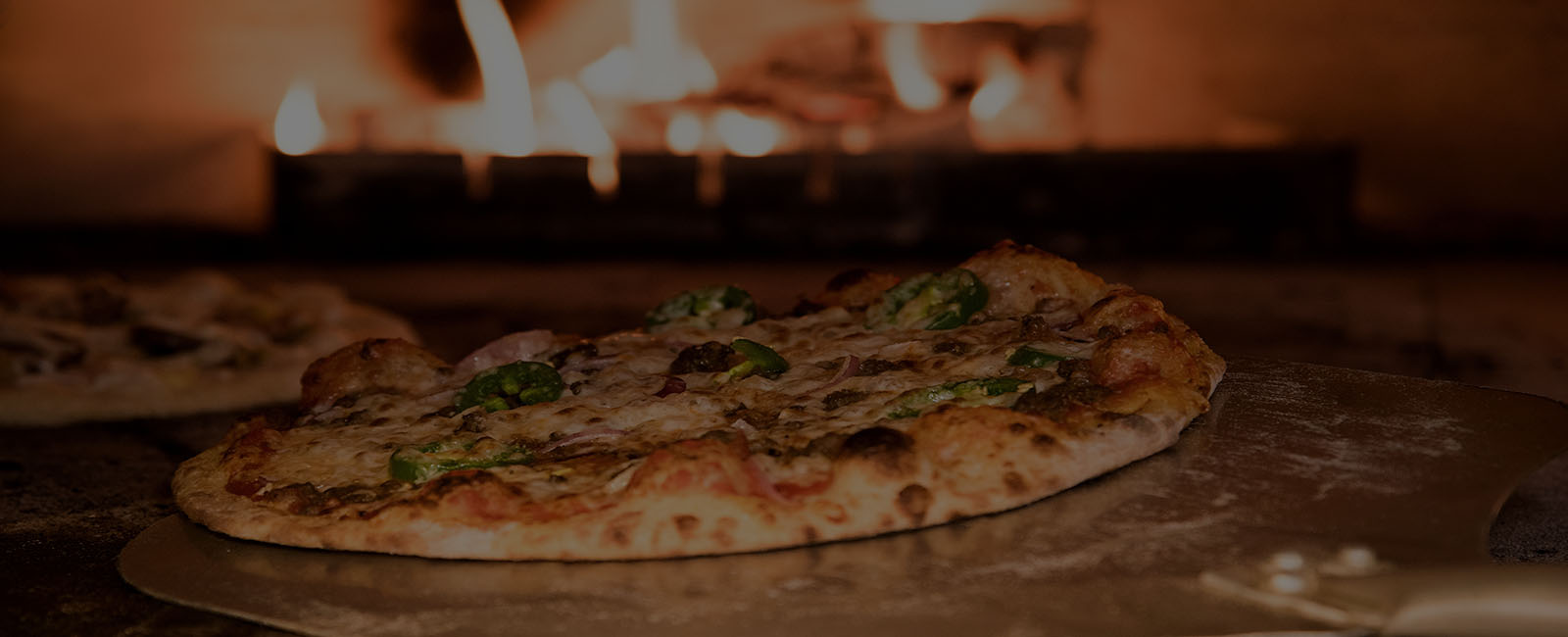Introduction:
The kitchen is often considered the heart of the home, where families gather to cook, share meals, and create lasting memories. Designing a kitchen involves more than just selecting cabinets and countertops; it’s about creating a space that seamlessly combines functionality with aesthetics. In this article, we will explore the key elements of kitchen design, from layout and storage to materials and color schemes, to help you craft a kitchen that is both practical and visually stunning.
- Layout and Flow:
The first step in kitchen design is kuchynské linky determining the layout, which greatly influences the functionality of the space. Common kitchen layouts include the L-shaped, U-shaped, galley, and open-concept designs. Each layout has its advantages, and the choice depends on the available space and the homeowner’s preferences.
Consider the kitchen work triangle – the relationship between the stove, refrigerator, and sink. A well-planned work triangle minimizes unnecessary movements, making the cooking process more efficient. Adequate space between work zones ensures smooth traffic flow and enhances safety in the kitchen.
- Storage Solutions:
Efficient storage is a crucial aspect of kitchen design. Cabinets, drawers, and pantry space should be strategically placed to accommodate cooking utensils, pots, pans, and groceries. Incorporating pull-out shelves, lazy Susans, and deep drawers can maximize storage capacity and make items more accessible.
Customizing storage solutions to match the specific needs of the household can help keep the kitchen organized and clutter-free. Consider vertical storage options for baking sheets and trays and dedicated spaces for small appliances to maintain a tidy and functional workspace.
- Material Selection:
Choosing the right materials is essential for both the durability and aesthetics of the kitchen. Countertops, flooring, and backsplashes should not only complement each other but also withstand the rigors of daily use.
Granite, quartz, and butcher block are popular choices for countertops due to their durability and visual appeal. For flooring, options like ceramic tile, hardwood, or vinyl provide a balance between practicality and style. Backsplashes offer an opportunity to introduce color and texture, with materials such as subway tiles, mosaic, or natural stone.
- Lighting Design:
Proper lighting is often underestimated but plays a significant role in creating a functional and inviting kitchen. A combination of ambient, task, and accent lighting can enhance the overall atmosphere.
Install pendant lights over the kitchen island or sink for focused task lighting. Under-cabinet lighting illuminates countertops, making food preparation safer and more enjoyable. Consider natural light sources, such as large windows or skylights, to brighten the space and reduce the need for artificial lighting during the day.
- Color Palette and Design Trends:
Selecting the right color palette can transform the kitchen’s mood and ambiance. While neutral tones like white, gray, and beige remain timeless choices, adding pops of color through accents, such as cabinet hardware or backsplash tiles, can infuse personality and warmth.
Current design trends often lean towards a mix of materials, combining textures like matte finishes with natural wood or metal accents. Open shelving and glass-front cabinets contribute to an airy and modern feel, while incorporating smart technology seamlessly integrates convenience into the kitchen design.
Conclusion:
Designing the perfect kitchen involves a thoughtful blend of functionality and style. By considering the layout, storage solutions, material selection, lighting design, and current design trends, you can create a kitchen that not only meets your practical needs but also reflects your personal taste and enhances the overall aesthetic of your home. Whether you prefer a classic, timeless look or a more contemporary and eclectic style, the key is to find a balance that makes your kitchen a welcoming and efficient space for cooking, entertaining, and creating lasting memories.
